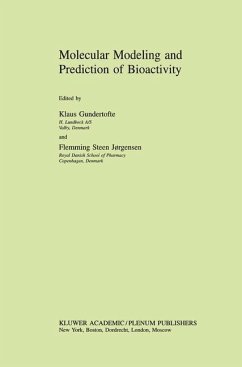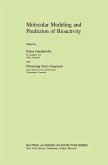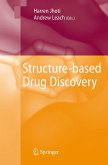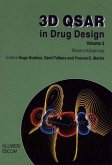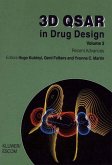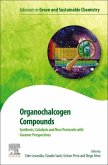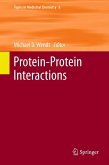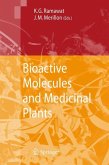Much of chemistry, molecular biology, and drug design, are centered around the relationships between chemical structure and measured properties of compounds and polymers, such as viscosity, acidity, solubility, toxicity, enzyme binding, and membrane penetration. For any set of compounds, these relationships are by necessity complicated, particularly when the properties are of biological nature. To investigate and utilize such complicated relationships, henceforth abbreviated SAR for structure-activity relationships, and QSAR for quantitative SAR, we need a description of the variation in chemical structure of relevant compounds and biological targets, good measures of the biological properties, and, of course, an ability to synthesize compounds of interest. In addition, we need reasonable ways to construct and express the relationships, i. e. , mathematical or other models, as well as ways to select the compounds to be investigated so that the resulting QSAR indeed is informativeand useful for the stated purposes. In the present context, these purposes typically are the conceptual understanding of the SAR, and the ability to propose new compounds with improved property profiles. Here we discuss the two latter parts of the SARlQSAR problem, i. e. , reasonable ways to model the relationships, and how to select compounds to make the models as "good" as possible. The second is often called the problem of statistical experimental design, which in the present context we call statistical molecular design, SMD. 1.
Bitte wählen Sie Ihr Anliegen aus.
Rechnungen
Retourenschein anfordern
Bestellstatus
Storno

